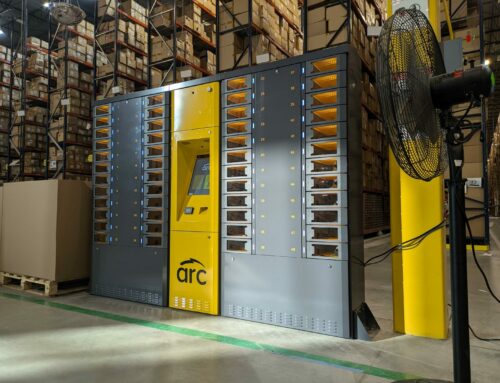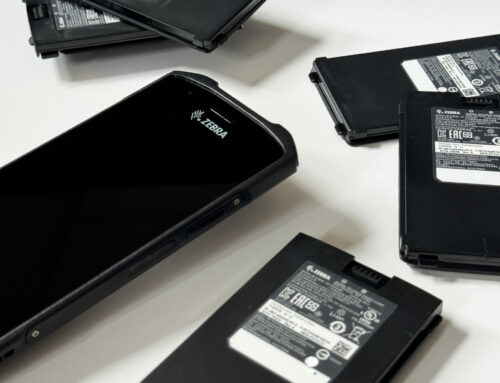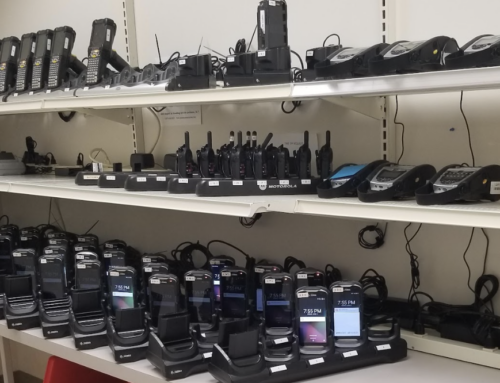Best Practices for Employee MDM in Retail
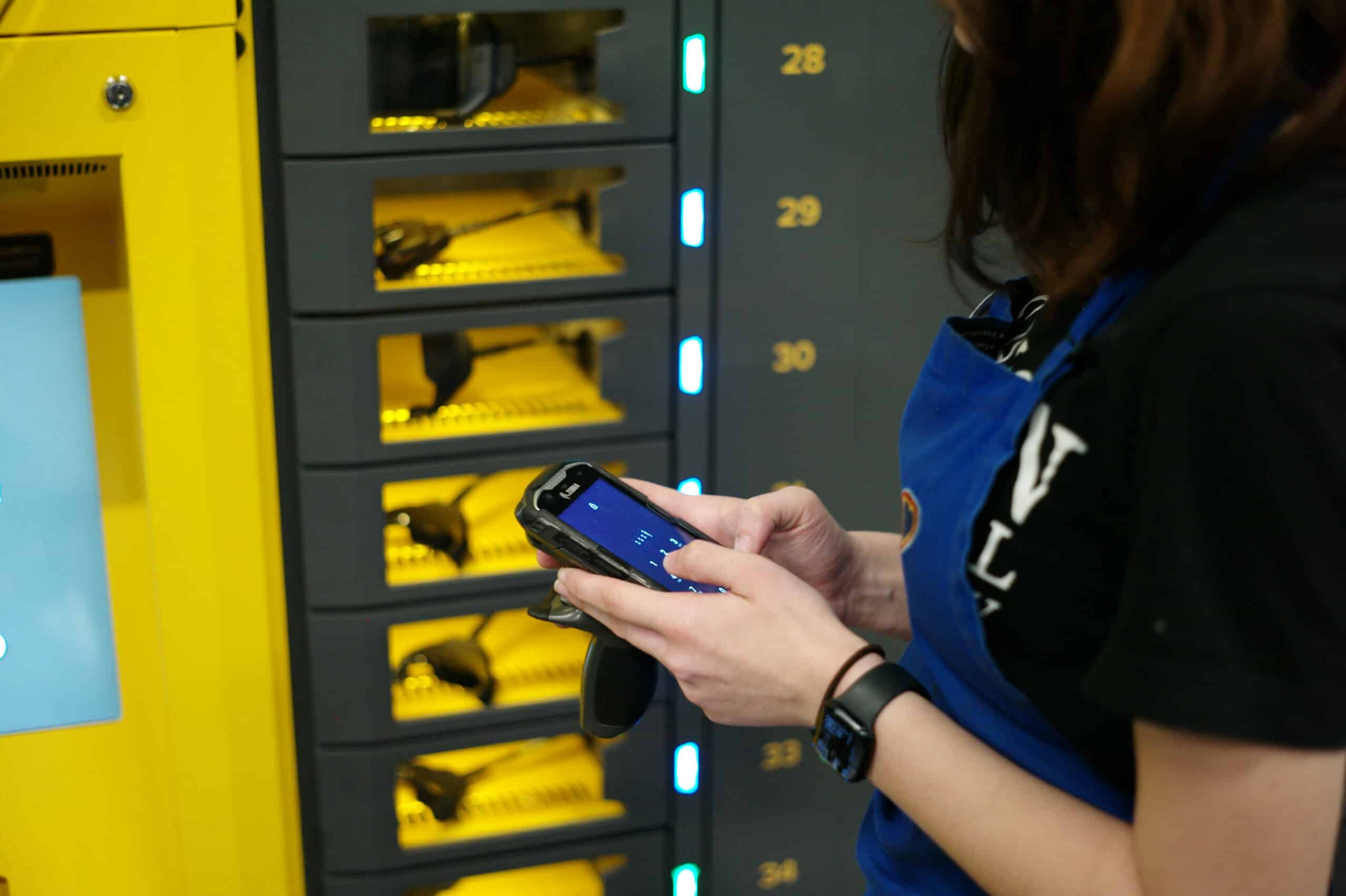
Devices such as tablets, scanners, and mobile POS systems are critical tools for retail employees, especially in high-traffic environments. These devices enable employees to perform daily tasks such as inventory management, sales transactions, customer service, and more. However, without stringent practices in place to effectively manage these devices, they can cause several commercial disruptions including:
- Reduced On-Shelf Availability (OSA): Poor device management can delay inventory checks and restocking, resulting in empty shelves and missed sales.
- Impacts on Profit and Loss (P&L): Devices that are lost due to poor management can impact the store’s bottom line.
- Operational Downtime: Frequent device malfunctions or unavailability can halt operations, leading to lost sales opportunities and decreased efficiency.
- Wasted Payroll Time: Employees may spend excessive time managing device issues instead of focusing on customer service and other important tasks.
While these challenges can be persistent, there are several practices that can help mitigate these issues, ensuring significant improvements to operational efficiency. Some of these strategies include:
Control the Device Check-In/Check-Out Process
An efficient check-in/check-out process is vital to prevent bottlenecks and ensure that employees have access to the tools they need when they need them. Automated systems that provide 1:1 employee-to-device accountability significantly reduce delays and losses. By streamlining this process, employees can quickly pick up and return devices without wasting time.

Automate Error-Handling and RMA Processes
The error-handling and Return Merchandise Authorization (RMA) processes can be time-consuming and disruptive to operations. However, implementing automated systems can help to instantly detect device issues and flag them for immediate attention, minimizing the time devices spend out of service and drastically reducing downtime. This proactive approach ensures that devices are repaired or replaced quickly, keeping operations running smoothly.
Utilize Monitoring Software to Optimize Device Utilization
Monitoring software provides real-time insights into device usage, helping managers optimize device allocation. By understanding which devices are underused or overused, managers can redistribute them to ensure optimal utilization. This approach not only extends the lifespan of devices but also ensures that all employees have access to the necessary tools.
Implement Secure Storage Solutions
Secure storage solutions, such as intelligent lockers, protect devices from damage and theft when not in use. These lockers can be integrated with the check-in/check-out process, ensuring that devices are always accounted for and securely stored. Additionally, secure storage solutions can include charging capabilities, ensuring that devices are always ready for use.

Leverage Data to Identify Pain Points and Bottlenecks
Data-driven insights are invaluable for identifying pain points and bottlenecks in device management. By analyzing usage patterns, downtime incidents, and maintenance records, managers can pinpoint areas that need improvement. This data can inform decisions on device purchases, maintenance schedules, and process enhancements, leading to more efficient operations.
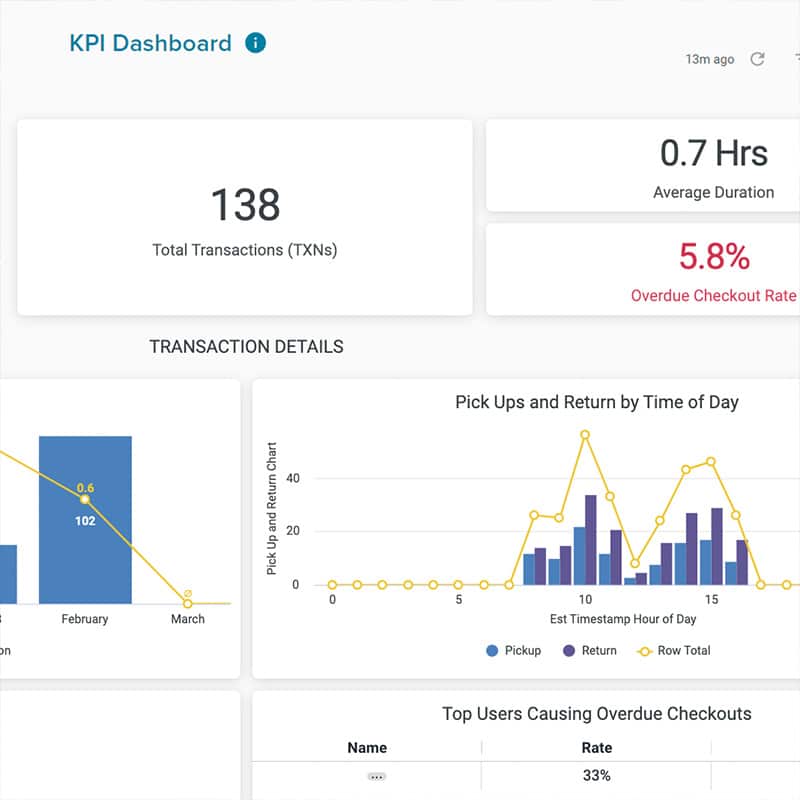
ARC’s intelligent device management locker solution encompasses all these strategies, providing a comprehensive approach to managing employee devices in high-traffic retail environments. With ARC, you can:
- Streamline Check-In/Check-Out: ARC’s system automates the device check-in/check-out process, ensuring quick and efficient access for employees.
- Automate Error Handling: ARC’s advanced error-handling logic flags device issues immediately, triggering automatic maintenance alerts.
- Optimize Device Utilization: Real-time monitoring and analytics help optimize device allocation, ensuring maximum utilization and efficiency.
- Securely Store and Charge Devices: ARC’s intelligent lockers provide secure storage with integrated charging capabilities, protecting devices from damage and theft.
- Receive Data-Driven Insights: ARC leverages data to provide actionable insights, helping managers identify and address pain points effectively.
By implementing ARC’s robust device management solution, high-traffic retail environments can significantly reduce downtime, improve operational efficiency, and enhance overall productivity, allowing you to get the most out of your employee device fleet.
Discover how ARC can transform your device management and boost your retail operations. Visit experienceARC.com to learn more.





